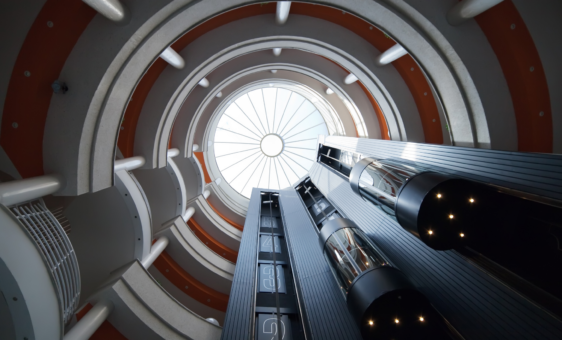“So many are the plaints and quarrels
Not to mention customs old and novel
That hardly is an hour free,
Everyday a summons to plea:
Pleas for forests, pleas for pay
Pleas for possession, pleas for ways
Pleas for chores, pleas for tithes
Pleas for breaches, pleas any wise
Pleas for futures, pleas in writing
Pleas combined and pleas for citing….
So many bailiffs, old and new
An hour is hardly free…”1
“Hardly an hour is free” still rings true – in their spare time all recent Bailiffs have acted as patrons for a number of local charities and initiatives.
Sir Edgar MacCulloch, was Bailiff from 1884-95. Sir Edgar was a keen antiquarian, and prior to becoming Bailiff, spent his spare time collecting local stories and folklore. After his death in 1896 (a year after stepping down from the role of Bailiff), his collection of stories were edited and eventually published into a book on Guernsey customs, fairytales and stories entitled “Guernsey Folk Lore” in 1903. It is remarkable to read his preface to the book, which in a world of Fortnite, the internet and generations y and z, rings as true today as it did in 1894:
“A desire to preserve, before they were entirely forgotten, some of the traditional stories, and other matters connected with the folk-lore of my native island, induced me to attempt to collect and record them, but I have found the task, though pleasant, by no means easy. The last fifty years has made an immense difference here as elsewhere. The influx of a stranger population, and with it the growth and spread of the English tongue, has changed, or modified considerably, the manners and ideas of the people, more particularly in the town. Old customs are forgotten by the rising generation, what amused their fathers and mothers possesses little or no interest for their children, and gradually even the recollection of these matters dies away…”
In 1873 Sir Edgar, then Lieutenant Bailiff, persuaded the States of Guernsey to purchase the 14th century chapel of Sainte Apolline in the parish of Saint Saviour so that it could be preserved. It became the first structure to be placed in the care of what was then the Ancient Monuments Committee.
Sainte Apolline is the patron saint of dentists and this chapel is the only chapel or church in the British Isles that is dedicated to her. In AD249 Apolline was punished for refusing to renounce her Christian faith by having her teeth knocked out. The chapel was originally built by Nicolas Henry who employed a chaplain to say daily prayers for his and his wife’s souls (and presumably teeth!). The chapel also houses important medieval murals. Despite Sir Edgar’s great foresight, it was only restored in the 1970s.
Sir Edgar noted many local stories about sightings of the dog-of-the-dead (black bête, le vieux chien, le chiene des trépassé).
The site of a former fortress in St Peter Port, La Tour Beauregard (and now home to a car park, the archives and the Financial Intelligence Service) was said to be haunted by Le Bête de la Tour. Some say that this dog was said to haunt the tower following the burning of witches at the bottom of the hill upon which the tower was situated, others believe he was protecting the boundaries of St Peter Port.
Another place where a headless black dog is said to be regularly sighted is at Bailiff’s Cross, where legend has it was near the home of a former Bailiff, Gaultier de la Salle. De la Salle was hung for falsely accusing his neighbour, Mr Massey, of the capital crime of theft. Mr Massey’s execution was averted when De la Salle’s servants found the missing items of silver which Mr Massey had been accused of stealing in a hay stack on De la Salle’s land. De la Salle was tried; prior to his execution, his property was confiscated by the King and is still known as the Ville au Roi. The headless dog is thought to be De La Salle’s soul in purgatory, and still roams the area between Bailiff’s Cross and the Ville au Roi to this day.
The Bailiwick has a plethora of spooky stories and we are eternally grateful to Sir Edgar and others for taking time to collate them. We are equally grateful to Sir Richard and his dedication to the island and hope he enjoys his new found freedom after May 2020!
Appendix
- Translations taken from Dawes, G. “Laws of Guernsey”, 2003 p24



















